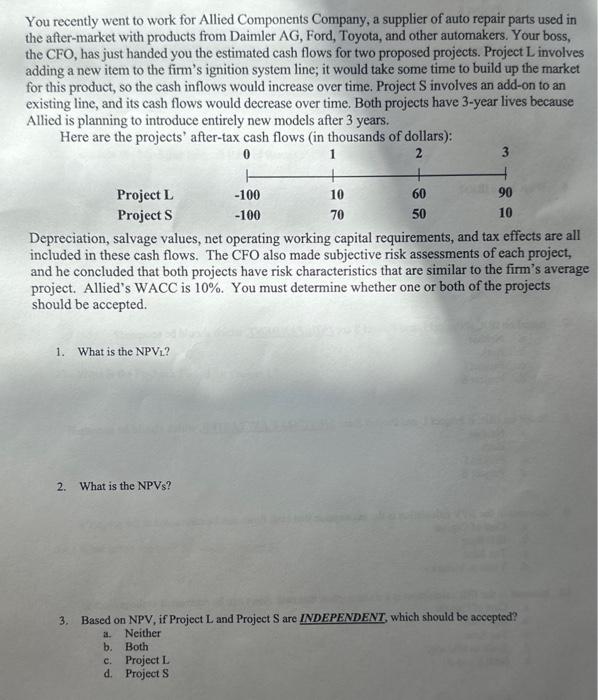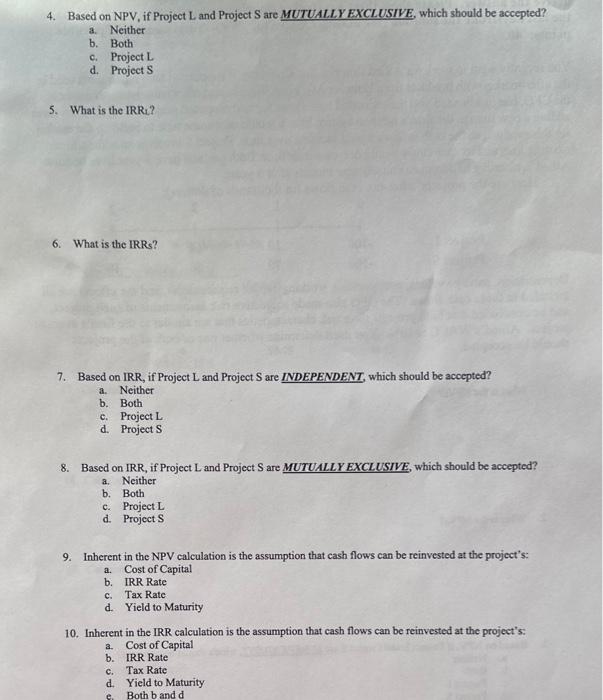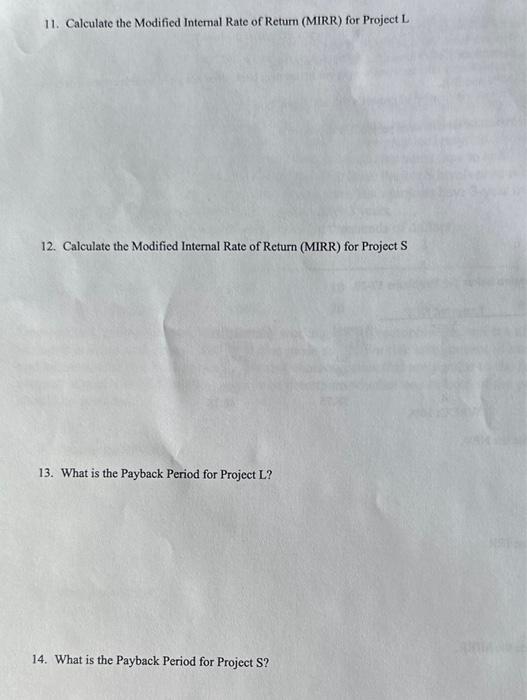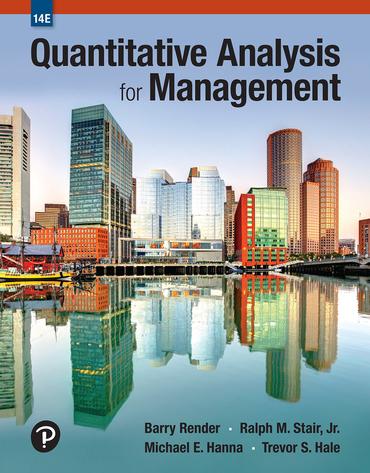Answer questions 11-16 please

You recently went to work for Allied Components Company, a supplier of auto repair parts used in the after-market with products from Daimler AG, Ford, Toyota, and other automakers. Your boss, the CFO, has just handed you the estimated cash flows for two proposed projects. Project L involves adding a new item to the firm's ignition system line; it would take some time to build up the market for this product, so the cash inflows would increase over time. Project S involves an add-on to an existing line, and its cash flows would decrease over time. Both projects have 3 -year lives because Allied is planning to introduce entirely new models after 3 years. Here are the projects' after-tax cash flows (in thousands of dollars): Depreciation, salvage values, net operating working capital requirements, and tax effects are all included in these cash flows. The CFO also made subjective risk assessments of each project, and he concluded that both projects have risk characteristics that are similar to the firm's average project. Allied's WACC is 10%. You must determine whether one or both of the projects should be accepted. 1. What is the NPVL ? 2. What is the NPVs? 3. Based on NPV, if Project L and Project S are INDEPENDENI, which should be acceptod? a. Neither b. Both c. Project L d. Project S 4. Based on NPV, if Project L and Project S are MUTUALLY EXCLUSIVE, which should be accepted? a. Neither b. Both c. Project L d. Project S 5. What is the IRR? 6. What is the IRRs? 7. Based on IRR, if Project L and Project S are INDEPENDENT, which should be accepted? a. Neither b. Both c. Project L d. Project S 8. Based on IRR, if Project L and Project S are MUTUALLY EXCLUSIVE, which should be accepted? a. Neither b. Both c. Project L d. ProjectS 9. Inherent in the NPV calculation is the assumption that cash flows can be reinvested at the project's: a. Cost of Capital b. IRR Rate c. Tax Rate d. Yield to Maturity 10. Inherent in the IRR calculation is the assumption that cash flows can be reinvested at the project's: a. Cost of Capital b. IRR Rate c. Tax Rate d. Yield to Maturity E. Both b and d 11. Calculate the Modified Internal Rate of Return (MIRR) for Project L 12. Calculate the Modified Internal Rate of Return (MIRR) for Project S 13. What is the Payback Period for Project L? 14. What is the Payback Period for Project S? 15. Which of the following is NOT a critical deficiency of regular payback? a. Ignores Time Value of Money (TVM) b. Ignores the Cash Flows after the Payback period c. Payback only tells us when we get our investment back, does not yield wealth creation data like NPV and IRR. d. Provides indication of project's risk and liquidity 16. Find the crossover rate between project L and project S











